Ask A Librarian for help finding sources, narrowing or expanding your topic, and more!
Visual literacy is a set of abilities that enables an individual to effectively find, interpret, evaluate, use, and create images and visual media.
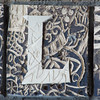
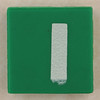
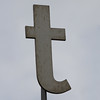 E
E 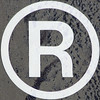
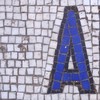
This guide is designed to help you answer these sorts of questions.
|
When to Cite |
When to provide Attribution |
|
Any images you plan to use in a scholarly work (from print or web) should be cited according to required format style (APA, MLA, etc.) |
You may attribute an image/visual media source for presentations, papers, or other formats that do not require a specific publication style. |
|
Example (MLA) image from the web |
Example (APA) image from the web |
Example attributed image from the web
|
|
|
|
|
|
Blake, William. The Ghost of a Flea. 1918. Tempera heightened with gold on mahogany. Tate Britain, London. Art Project. Google. Web. 15 Feb. 2011 ---------------------------------
Lastname, Firstname. Title of Work. Year. Medium. Institution housing work: Location of Institution. Website name. Website sponsor. Web. Date of retrieval. |
Carvaggio, M. (1606). Death of the Virgin. [Painting]. Retrieved from http://en.wikipedia.org/wiki/Caravaggio
----------------------------------
Lastname, A. A. (Year of composition). Title of Work. [Format]. Place work resides |
Praying Mantis by Elizabeth Swider (2010) (CC-BY 3.0)
----------------------- Try to include the following information:
|
This information was copied from The University of California Irvine's page: "Art Research: Attribution Best Practices" by Derek Quezada
Attribute an image/visual media source for presentations, papers, or other formats that do not require a specific publication style.
Try to include the following elements in your attribution
Examples for some of the most common instances where attribution might be necessary.
Google Images
Vincent Van Gogh, Starry Night, 1889 (oil paint on canvas). Retrieved 7.27.11:
http://www.vangoghgallery.com/painting/starryindex.html

Flickr Images
Science Library, UC Irvine by askpang, 2007 (CC BY-NC-SA 2.0)

Wikimedia Commons
Featherbed Alley Printshop (2006) by Aodhdubh (CC BY-SA 3.0)


